Last weekend, I went looking for Bar Headed geese , whose sighting had been reported from Hassan. Unfortunately, since I couldn’t get the transport to get there, I had to spend two days in my village. My bad knee didn’t allow me walk so I was pretty much at home the whole time, watching the winged visitors in my backyard.
Now about my backyard, picture this — the last wall of my house also acts as a compound on one side, on the other end of this is a barbed wire fence, hardly visible as the Lantana has covered it completely. To the left there is lifeless wall made of mud, only about knee-length in height and doesn’t serve any function a compound should; to the right is the wall of our Rice Mill. It is big and has quite a few trees. To the left of the house wall, Hibiscus has grown into a tree, next to which is a big Neem tree and farther away from it are two Coconut trees. On the south west left corner of the plot, there are two Teak trees and to its right is another Neem tree, surrounded by Lantana. On the top right side corner of the plot, there’s a heap of Paddy husk from the mill and this attracts lot of birds that come in search of food.
From August to October the birds I’ve noticed are Baya weaver, Indian silverbill, Black headed munia, Scaly breasted munia , House sparrow ,White throated Munia etc . There were at least a 100 baya weaver birds which would come to feed on the paddy husk. They had built their beautiful nests next to our plot on a Tamarind tree. Scaly Breasted munia also came in large numbers and I think along with silverbills and other munias,they had built their nest in the lantana or the nearby bushes , as I spotted them there most of the time.Baya weavers, munias and sparrows later in the evening would sit on the electric wires in front of the rice mill , some used to preen their feathers and most of them simply sat and used to sing . It was quite a sightto watch 100s of birds sitting almost next to each other.
In november , I made a single visit to this place , and other than the above mentioned birds , I could hear the pecking sound of the woodpecker on the coconut tree – but before I could get to see it, it had gone. I am guessing it could be a Flameback Woodpecker, as I have seen one not far away from my place on a coconut tree.
During my last two visits, I saw new visitors to this place . I could see a Brown Shrike happily singing, on the top left corner of the plot where the dry corn stalks are dumped.Also, I saw an Asian Koel pair. They are usually seen on the plot next to ours which has more trees and bushes, but they do visit our plot regularly. Red whiskered bulbul was seen on a Neem tree whereas its cousin Red vented Bulbul was spotted on a Lantana. House Sparrows which used to restrict themselves to the Rice mill can now be seen near the paddy husk and also near the front side of the home. I also saw
a White cheeked barbet on a dead tree next to our plot. Blue Rock pigeons, which have made the Temple Gopuram (close to my plot) its house, comes in a gang to feed. Purple rumped Sunbird pair calling to each other was seen on lantana and also near the Hibiscus tree. Ashy prinias call can be heard but I haven’t seen it yet.
Apart from the above birds, Common Mynas and Yellow bellied Babler can be seen anytime near the bush on the top right corner of the plot close to paddy husk. House Crows are always seen either cleaning the plot or attacking the Three striped palm squirrel present near the Teak tree. Apart from these there are other small birds which I couldn’t Identify.
These are the Birds which I have seen in my backyard to date. I am sure that there are more birds which I have not spotted as yet, will update as and when I see. Though I saw all these birds here, this place is not good for photography (Lantana and bushes never give you the background which you want and the tall trees doesn’t help you either.
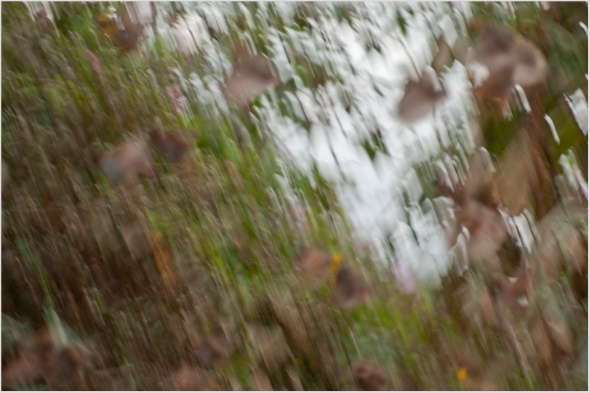 Speed
Speed
Baya weavers and Scaly Breasted Munias were happily feeding on paddy husk. The moment they saw me, they all were up flying with great speed.
Last Sunday, I went around my village looking for birds. I could spot 37 dfferent kinds of birds of which the highlights were White wagtail(First Timer for me ) and Grey Francolin (First time I saw this here) .It is so much fun to go to a place without knowing what to expect and find everything on your own.
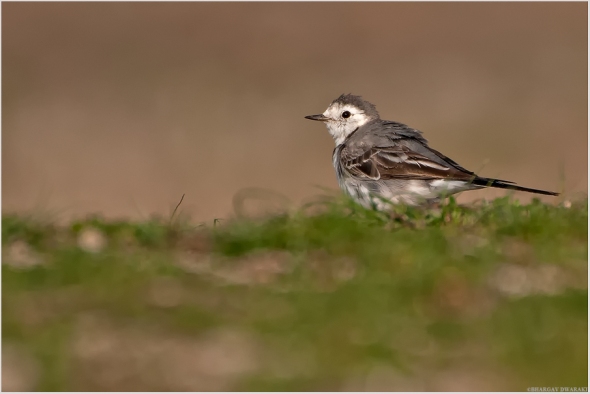 White Wagtail
White Wagtail
Have a Happy Weekend 🙂





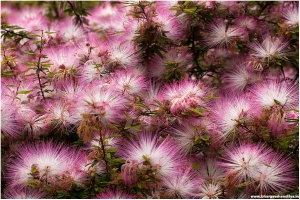
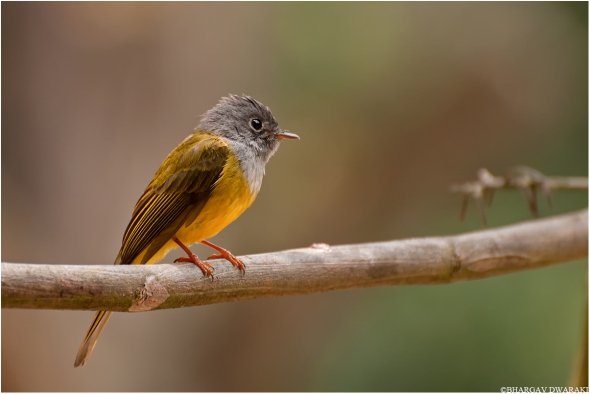

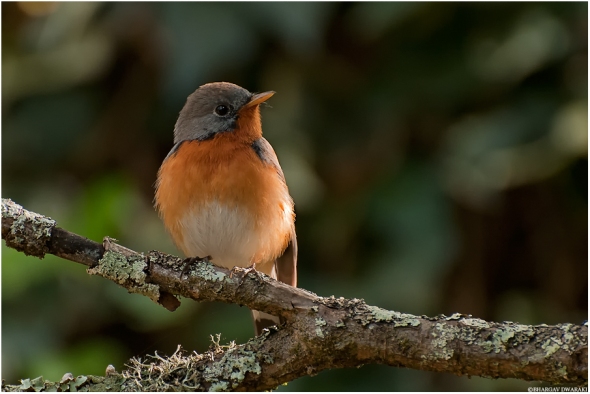

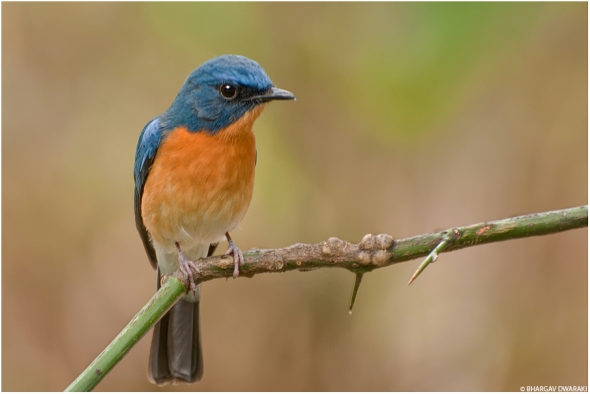 Tickell’s Blue Flycatcher
Tickell’s Blue Flycatcher Tickell’s Blue Flycatcher
Tickell’s Blue Flycatcher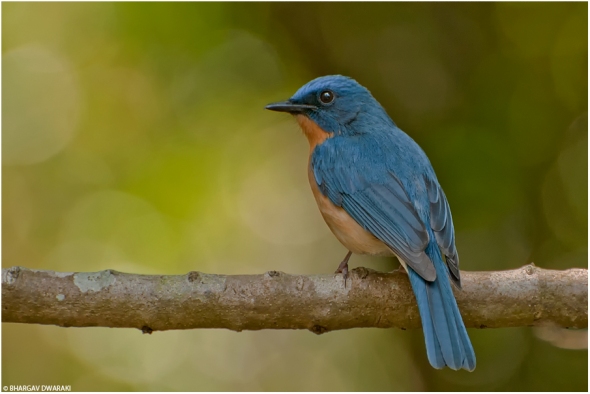 Tickell’s Blue Flycatcher
Tickell’s Blue Flycatcher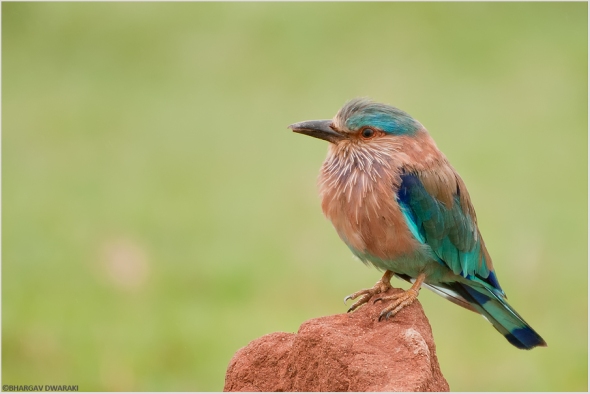 INDIAN ROLLER
INDIAN ROLLER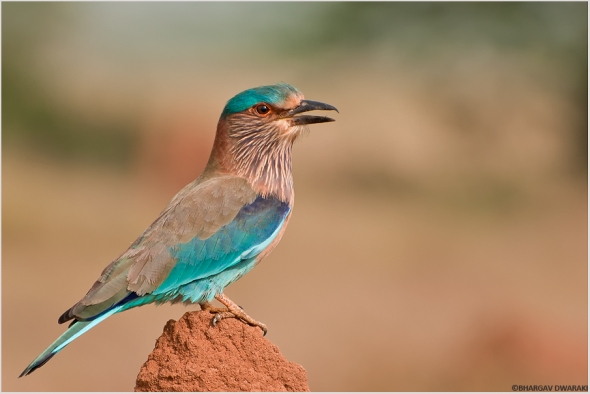 Roller Calling
Roller Calling Speed
Speed White Wagtail
White Wagtail






